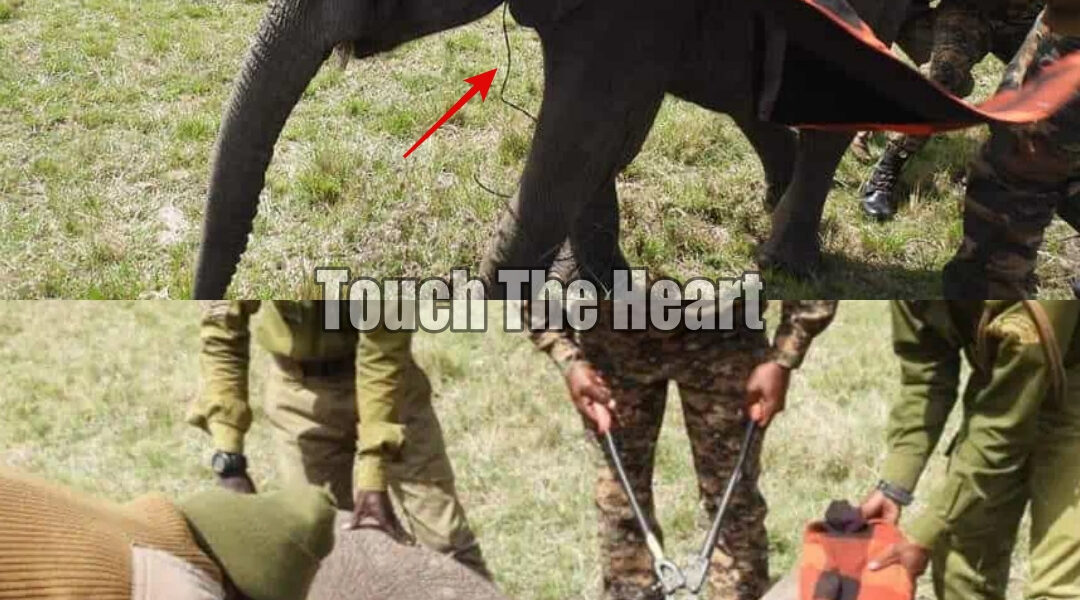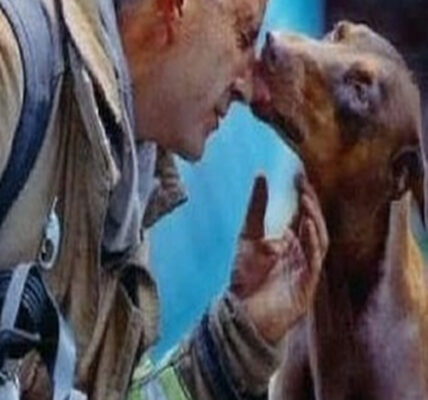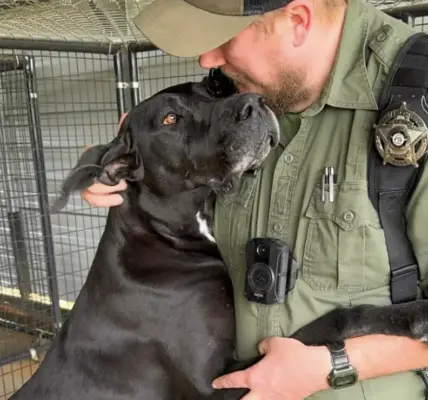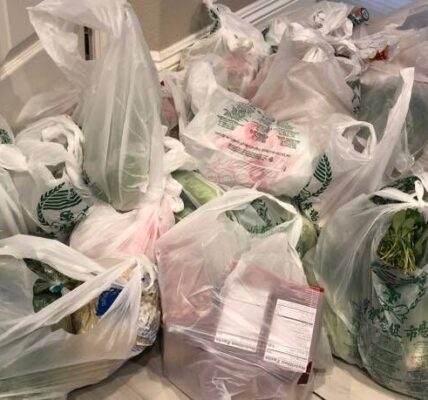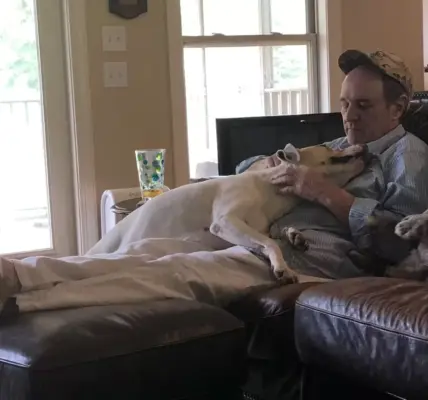In the vast golden plains of the Mara, life often unfolds in quiet harmony — herds grazing, birds wheeling across the sky, and elephant families moving together in slow, graceful rhythm. But one January evening, that peace was shattered when a cry of pain echoed through the grasslands.

A young elephant calf had been caught in a wire snare.
The thin loop of steel — cruelly hidden in the grass — had tightened around the calf’s neck, digging deep into its skin each time it tried to move or feed. The wire didn’t just threaten its life; it began to steal its childhood — the simple joy of playing beside its mother, of drinking freely, of breathing without pain.
A Family in Distress
When rangers from the Mara patrol spotted the injured calf, they could see how desperate the situation had become. The mother stood close, anxious and protective, using her trunk to try and comfort her baby. At some point, she had even tried to pull the wire free herself, snapping the snare’s anchor but leaving it embedded in her calf’s neck.
The wound was deep and raw. Every breath was a struggle. The little elephant could no longer nurse properly, and if left untreated, infection would soon claim its life.
But word of the trapped calf spread quickly — and help was already on its way.
The Rescue

By dawn, a rescue team from the Rift Valley Veterinary Unit, led by Dr. Kaitho, arrived at the scene. It was Sunday morning, the air still cool with mist. As they approached, the herd shifted nervously, the matriarch trumpeting a warning.
They knew what had to be done. To treat the baby, the mother would first need to be sedated — a heartbreaking but necessary step to ensure everyone’s safety. With calm precision, the team prepared the dart. Within minutes, the great mother sank slowly to her knees, her trunk curling gently against the earth.
The calf panicked, trumpeting and circling her, confused by her sudden stillness. The team worked swiftly, soothing the frightened youngster before administering a mild anesthetic to keep it calm.
When they finally examined the wound, the full extent of the damage became clear. The snare had cut deep but, by a miracle, had not severed the esophagus. There was still hope.
Healing Hands in the Wild
Under the soft shade of an acacia tree, the team began the delicate task of removing the wire. Using careful precision, they snipped and untwisted the steel coil, millimeter by millimeter, until the final loop fell away.
The wound was cleaned and disinfected, and long-lasting antibiotics were injected to prevent infection. For the first time in days, the calf could breathe freely.
Nearby, the mother began to stir — the sedative wearing off. The team backed away, giving her space. When she lifted her head and saw her baby standing just a few steps away, still unsteady but alive, she let out a low rumble — deep, resonant, full of love.

The calf turned toward her and ran. The reunion was brief but breathtaking — two trunks entwined, a mother’s silent promise to never let go again.
A Small Miracle in the Mara
As the team watched from a distance, the herd slowly closed ranks, surrounding the pair in a protective circle. Within minutes, they were moving off together — back into the tall grass, back into the rhythm of life.
For the rescuers, there was no applause, no celebration — only quiet relief. “We were just in time,” one ranger said softly. “A few more days, and we would’ve lost it.”
The team noted that the calf would be monitored in the coming weeks, ensuring its wound healed properly. But already, it was feeding, walking, and staying close to its mother — signs of strength, of survival.
Beyond One Rescue
In the Mara, wire snares are silent killers. They are laid by poachers to trap smaller animals but often catch the giants of the plains instead — elephants, giraffes, lions. The cost is devastating, and every successful rescue is both a victory and a warning.

“This little calf was lucky,” said Dr. Kaitho later. “But for every one we save, many more suffer unseen. That’s why awareness and action matter.”
The collaboration between the Kenya Wildlife Service, the Mara Elephant Project, and the veterinary units that protect the region made this rescue possible — a reminder that when compassion meets courage, even the smallest life can be saved from the sharpest cruelty.
A Symbol of Hope
By sunset, the calf and its mother were once again part of the moving herd, silhouettes against the fading light. The calf’s neck still bore a faint mark — a scar that would fade with time but never disappear completely.

To the rangers and veterinarians who watched them disappear into the horizon, that scar meant something more. It was a mark of endurance — proof that love, instinct, and human kindness can triumph even over the harshest odds.
The Mara fell quiet again, the grass swaying in the evening breeze. Somewhere out there, a young elephant took its first deep, painless breath in days.
And in that breath — free, whole, and wild — lived the echo of everyone who refused to let it die.

